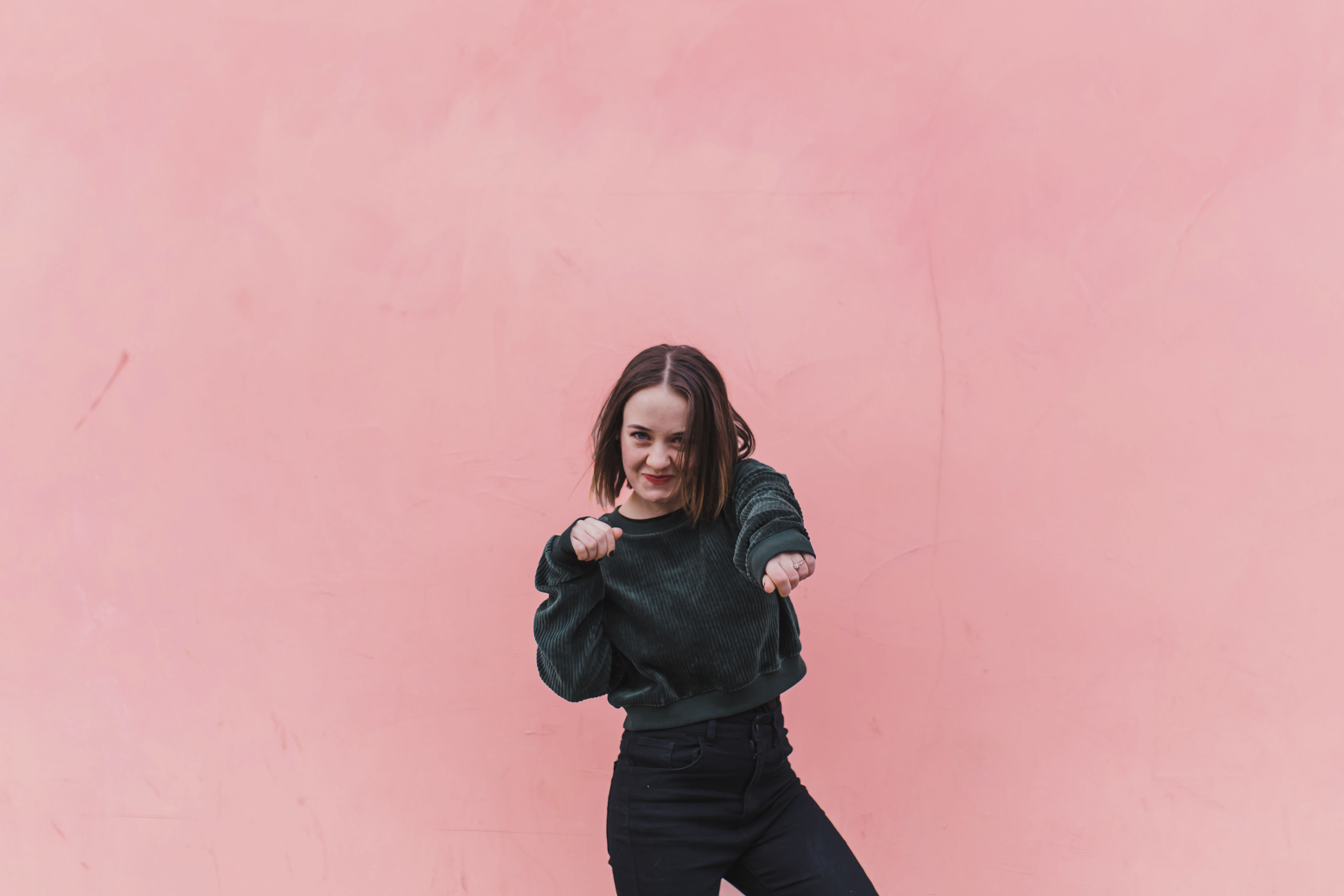Watercolor isn’t that scary: getting started
- Alex Rathbun

- Mar 9, 2018
- 3 min read
Updated: Feb 13, 2019

In my last post, I shared some tips to getting through the rest of this cold season. One of my suggestions was to start a new hobby. What better time to pick up watercolor painting than right now!?
I’ve found that people like the idea of painting but are intimidated by a blank sheet of paper staring at them. I want to share a simple tutorial on how to get started with watercolor painting as well as a format you can follow to get your creativity flowing.
Watercolor has become a consistent part of my life. For me, it’s a relaxing, fun, experimental, creative outlet. If you’ve never tried it before, I really think you should! You don’t even have to show it to anyone (although I'd love if you sent me a pic!), just play around on your own.
Basically, getting started consists of 4 steps:
1. Pick your paint, paper and brushes
2. Pick your shapes
3. Pick your colors
4. Put that brush on the paper!
Here we go!
Gather your supplies
First, you’ll need some supplies: paper, a pencil with an eraser, paint, a paintbrush, a jar of water and some paper towel.

Regarding paper, I prefer Strathmore. The 300 series is just fine for beginning. I also prefer Mixed Media paper to watercolor paper, but that is just a personal preference. It’s helpful to try out both and see what you like!
For paint, a well-trusted brand among watercolor artists is Windsor and Newton. This set, which I use often, is a good starter set. Or, if you’re not ready to commit, there’s no judgement on stealing the set that your 5 year old niece never uses.
Most basic sets will come with a paintbrush that is good for starting out, but if you’d like more options, I like Princeton brushes.
It’s always best to gather everything you need before you sit down to paint so you can get into the zone.
Pick your shapes
To start, pick a shape that you’d like to paint a few of. I chose circles for this tutorial. Lightly draw a few shapes on your paper, either freehand or by tracing an object if you prefer precision.

Once the shapes are drawn, lightly erase the pencil to make the marks as light as possible. Once there is color over the pencil, you won’t be able to erase it.

Pick your colors
Next, pick your colors. Decide on a color combination of 2-4 colors that you like. Feel free to browse my color inspiration board on Pinterest for ideas. I felt inspired by the colors in this graphic.
To mix colors, start by getting your brush wet. Swirl it around on the color of paint that you'd like to grab the color, dip your brush in water, then deposit the color onto your palette.

Do this, while adding water in between, until you’ve reached a color that you like. This may take a few tries, and sometimes it’s helpful to have a test strip of paper or paper towel to see what your color looks like.
Some tips on mixing color: start with just a little color, then add more slowly. Rinse your brush in between grabbing colors. Add white to dull the color. Don’t get discouraged if a color doesn’t work how you want it to the first time.
Get the paint on paper
To start painting, get your brush wet then dip it in a color. Follow the edges of your pencil lines and fill them in with one color (don’t dilly dally here – you don’t want your paint to dry before you’re done filling in a shape!).

After you've filled in the shape, feel free to add more of the same color or of another color in your palette.

For now, I'd suggest you stick with only two colors per shape until you're more comfortable with how colors mix and react on paper. Continue painting until all of your shapes are mixed in.

Finishing up
The next step is to watch your paint dry. Or if that sounds boring, go make yourself a cup of coffee or go on a walk. Once it’s totally dry (trust me, you really want it to be dry), go back in an erase any pencil lines.
Then you get to decide if it’s finished or not! The beauty of watercolor is that it’s easily layered. And the fun of making art is that you get to make all the decisions. If it feels incomplete, feel free to add another layer of paint. You can freehand marks or a pattern, or draw in more shapes with your pencil.
Here's my finished painting:

Once you've decided your painting is finished, step back and admire that beautiful art you've made! If you're feeling brave, email it to me or post it on social media with the hastag #brightlyalexwatercolor .
Happy painting!





Comments